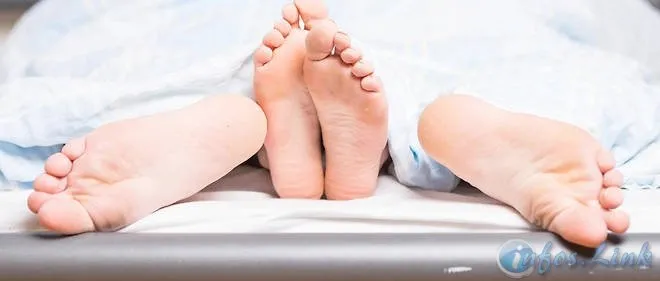
A Swiss company offers an innovative device to treat erection disorders when drugs fail, reports "Science and Future".
About 30% of men with erectile dysfunction do not respond to conventional treatments such as Viagra. The figure is advanced by the magazine Science and Future, which reports Monday that a Swiss start-up has developed a revolutionary device to allow these patients to find the joys of erection. This company, Comphya, from the Federal Institute of Technology Lausanne, proposes to insert an implant in the pelvic cavity, which would then be able to cause an erection on demand through nerve stimulation.
The magazine states that erectile dysfunction affects more than 20% of men over 60 years. The causes are diverse, from changes in arterial vascularization to smooth muscle tone, and so on. In approximately 66% of cases, phosphodiesterase type 5 inhibitors such as Viagra are sufficient to treat these erectile disorders. For others, the treatment usually consists of self-injections of a vasodilator into the cavernous body.
An on / off button for the patient
Another "treatment" exists, considered invasive and "irreversible" according to the French Association of Urology: the installation of penile prostheses. This is an inflatable or semi-rigid device equipped with external or internal implants, says Science and Future . The treatment proposed by the Swiss start-up would be best able to respond to patients' problems with the altered nervous response, due, for example, to a removal of the prostate. The implant proposed by Comphya allows stimulation of the pro-erectile nerve through patches equipped with electrodes are placed in the pelvic cavity, and then activated by remote control.
The electrodes "are connected [by cable] to the pulse generators, which will be placed subcutaneously", explains the co-founder of Rodrigo Araujo Fraga da Silva. "The system will be activated by wireless controllers, one for the doctor, who will set the parameters in an ambulatory environment, and one for the patient, who will have the on / off function," he adds. The price of the device should be substantially the same as the existing non-drug treatments. For now, the device has only been tested on 24 volunteers, but enjoys a 100% success rate. It must, however, prove itself in other clinical studies.